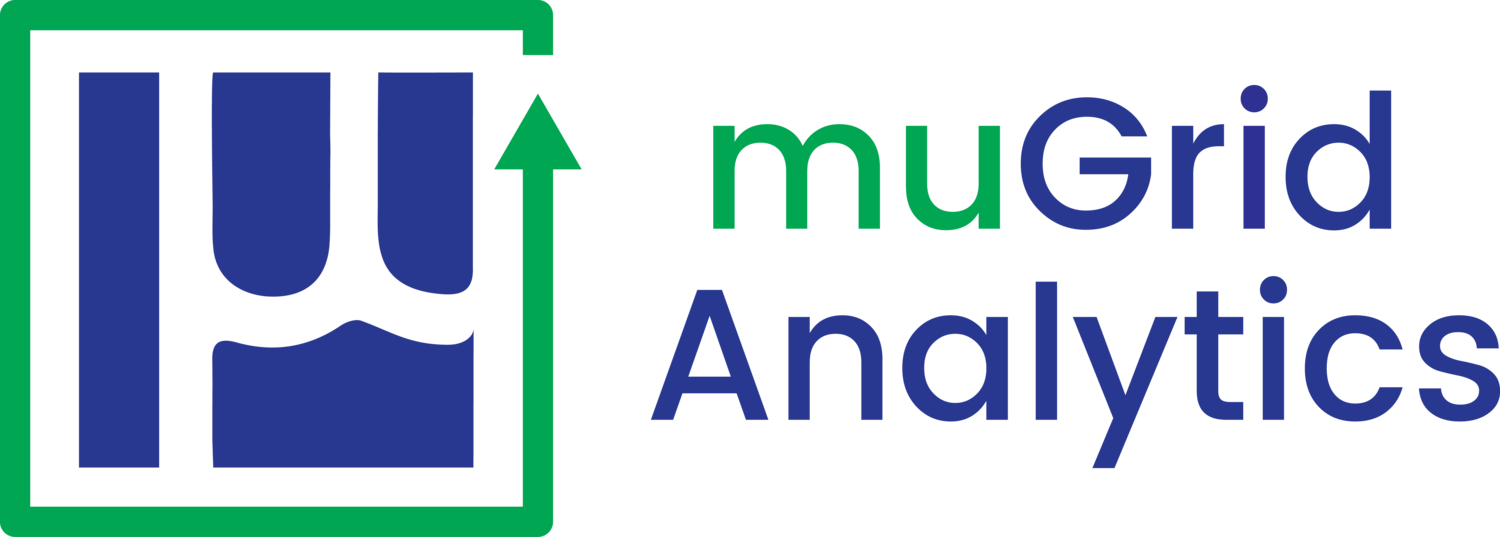What is a Microgrid?
The term microgrid can have a lot of different meanings so I thought it might be good to explain how we use it here at muGrid, especially given that, you know, it’s in our name.
When we say microgrid, we’re generally referring to a collection of distributed energy resources that can be operated in isolation from the main electrical grid. Maybe they operate in isolation all the time like if you live off-grid or perhaps they are grid-connected during normal operation and only operate in islanded mode when the grid goes down. This latter case is becoming more and more common and is sometimes called an advanced microgrid. The key here is that they can be operated in isolation, even if they often aren’t.
Are Microgrids New?
Microgrids have existed for a long time, they just weren’t always called that. If you have a diesel generator for use during emergencies, you technically have a microgrid. The diesel just sits there until the power goes off and then, either automatically or manually, it fires up and carries the load until the grid comes back. Or until it runs out of fuel. Whichever comes first. Either way, it can only operate when the grid goes down, mostly due to environmental regulations.
Larger microgrids are used to power entire communities that are too isolated to be connected to the main grid. There are many remote villages in Alaska that operate independent electrical grids to provide power to their residents. A lot of small Pacific islands also operate microgrids.
So in general, a microgrid could be used to power a building, a campus, a community, or even an entire island. The key is that it’s a collection of energy assets that can operate independently from the larger grid.
What Powers A Microgrid?
The source of electricity for a microgrid can vary. Earlier I used a building with a backup diesel generator as an example of a microgrid. But it could also be powered by solar, wind, hydro, or any other type of generation and maybe also include energy storage such as batteries.
So while microgrids themselves aren’t really new, powering microgrids with renewables such as solar photovoltaics or wind, is. The idea is that advanced microgrids comprised of distributed energy resources can be used to reduce your utility bill when the grid is up — which is hopefully most of the time! — and then provide backup power when the grid goes down. It’s sort of the best of both worlds since you save money and also get increased resiliency at the same time.
How Do Microgrids Save Money?
The components of the microgrid, say solar or batteries, are what save you money, not the microgrid in and of itself.
Solar generates electricity which reduces the amount that you need to buy from the grid while the battery shifts that electricity to a time when you need it. Or maybe the battery is used for demand charge reduction. Either way, these assets can pay for themselves by reducing the amount you pay for electricity. Then the added resiliency benefits are just icing on the cake. Analyzing the technical and economic aspects of microgrids wis really the core of what we do at muGrid.
And that’s the concept of a microgrid in a nutshell.

